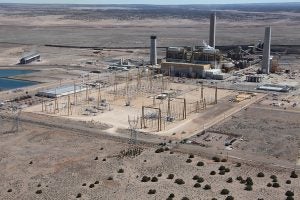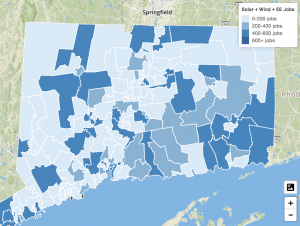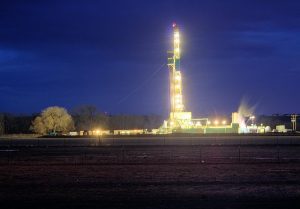 By Lauren Navarro, senior policy manager, and Jamie Fine, senior economist
By Lauren Navarro, senior policy manager, and Jamie Fine, senior economist
It’s no secret that California is a clean energy leader. The state is on track to meet its renewable energy goals, with many utilities hitting targets ahead of schedule. In order to transition to a system that can handle increased levels of clean energy like solar and wind, we need innovative solutions to take advantage of these resources. One low-cost solution is to change how we pay for electricity – making it cheaper when it is powered by clean resources and more expensive when powered by fossil fuels with time-of-use pricing. Utilities are on their way to bringing this to Californians, piloting the new rates in advance of a full rollout in 2019 and building on the successful rollout of these rates to commercial customers a few years ago.
For many Californians, the shift to time-of-use pricing will be new, but not impact their bills very much and could even save them money, particularly for people who live along the coast. However, for some customers – communities with lower incomes in hotter areas of the state that are more vulnerable to possible summertime bill increases – shifting when they use electricity can be harder, and without help their costs could increase. Rightly, lawmakers and regulators have pushed for extra attention for these vulnerable customers as the state moves toward time-of-use rates. While utilities acknowledge this discrepancy as an issue, none are offering sufficient, robust solutions (you can learn more about this in our recent blog).
A new bill introduced last week by California Assemblymember Joaquin Arambula would add that utilities must consider how time-of-use rates could impact low-income customers in disadvantaged communities before putting them on the new rates. It is vital to protect the most economically and environmentally vulnerable Californians from financial hardships. And the answer is not easy. All Californians stand to benefit from rates that could lower pollution and integrate more renewables – yet, we don’t want to heedlessly roll-out the rates in a way that results in higher electricity bills for customers with low incomes. Read More »
 A white paper by the Gas Technology Institute’s Center for Methane Research is drawing attention in industry circles for arguing that methane emissions from the oil and gas sector have a much smaller impact on the global climate than virtually every other generally accepted scientific estimate.
A white paper by the Gas Technology Institute’s Center for Methane Research is drawing attention in industry circles for arguing that methane emissions from the oil and gas sector have a much smaller impact on the global climate than virtually every other generally accepted scientific estimate.










 The benefits of clean energy reach far beyond protecting the environment. Investments in the U.S. clean energy sector are creating millions of jobs and supporting local communities across the country. A new online mapping tool will help illustrate this incredible progress.
The benefits of clean energy reach far beyond protecting the environment. Investments in the U.S. clean energy sector are creating millions of jobs and supporting local communities across the country. A new online mapping tool will help illustrate this incredible progress.
 By
By 